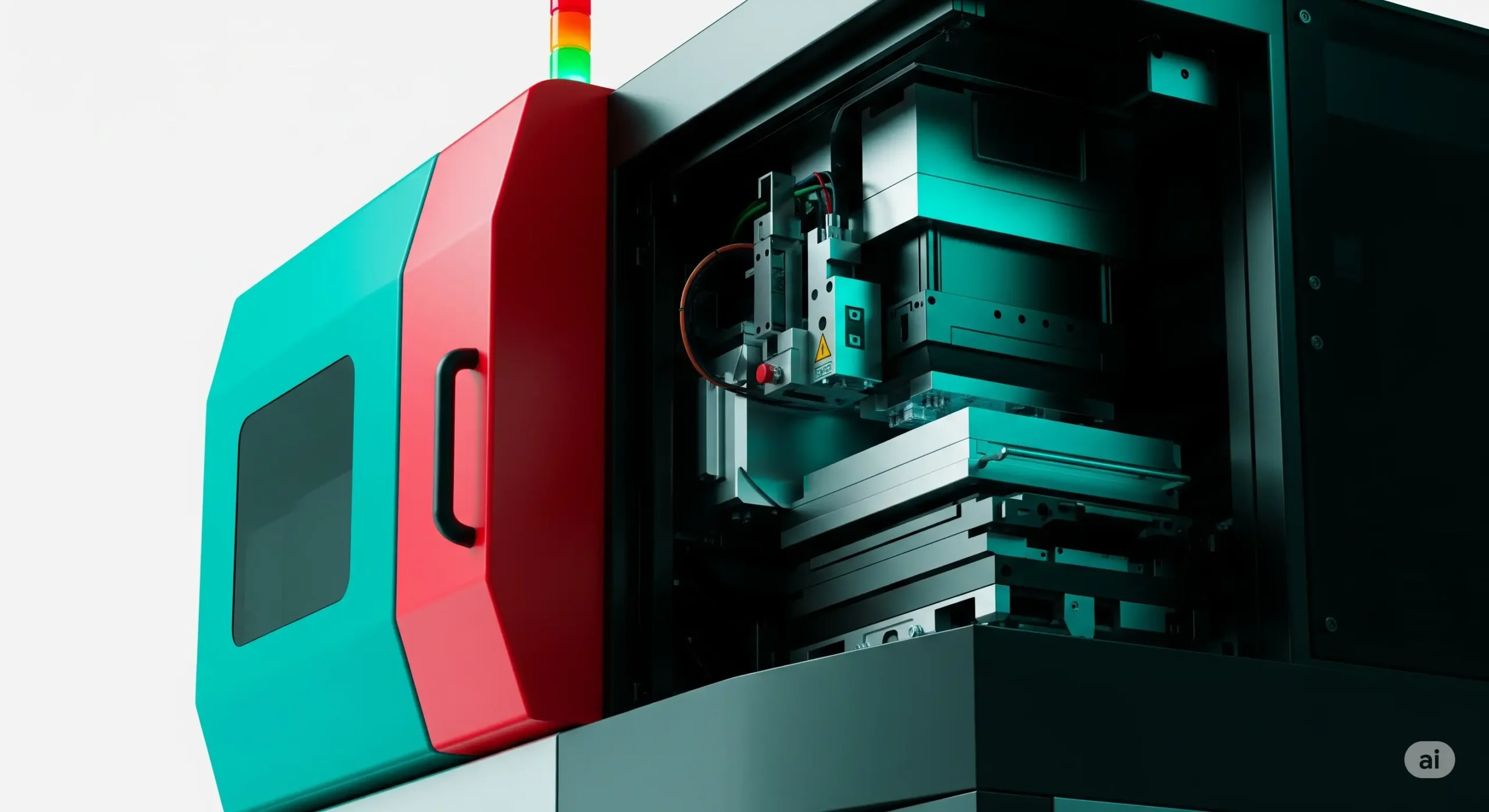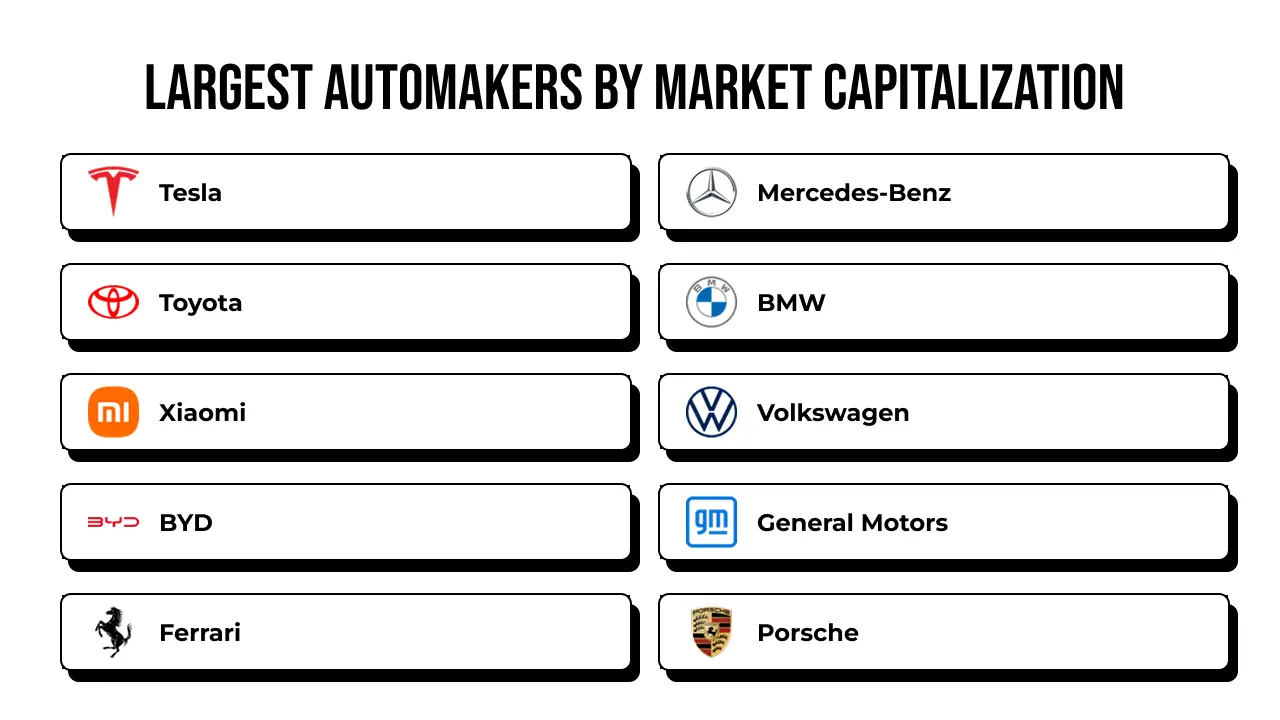The global semiconductor manufacturing equipment (SME) market represents one of the most critical and rapidly expanding sectors in the technology industry, serving as the foundational infrastructure for our digital economy. Valued at approximately $90-120 billion in 2023-2024, this pivotal market is projected to reach an impressive $175-270 billion by 2030-2032, reflecting a robust compound annual growth rate (CAGR) of 7% to 10.6%. This substantial growth trajectory is underpinned by the insatiable global demand for semiconductor chips across diverse applications, from artificial intelligence and 5G technology to electric vehicles and the Internet of Things.
Market Overview and Growth Dynamics
Current Market Valuation
The semiconductor manufacturing equipment market has demonstrated remarkable resilience and growth despite global economic uncertainties. Recent industry analyses reveal significant variations in market size estimates, ranging from $89.11 billion to $111.05 billion for 2023-2024. According to SEMI.org, global semiconductor equipment billings surged to an all-time high of $117 billion in 2024, representing a significant rebound from the previous year’s slight dip.
Future Projections
The market’s future outlook is exceptionally promising, with multiple research firms projecting substantial expansion:
- Fortune Business Insights forecasts growth from $121.17 billion in 2024 to $270.38 billion by 2032, representing a CAGR of 10.6%
- Grand View Research estimates the market will reach $175.17 billion by 2030
- Precedence Research anticipates growth to $190.54 billion by 2034
- SEMI.org projects global semiconductor equipment sales to reach $121 billion in 2025 and a record $139 billion in 2026
These projections underscore the sustained demand for advanced manufacturing equipment driven by technological innovation and expanding applications across multiple industries.
Key Market Segments and Equipment Categories
The semiconductor manufacturing equipment market is highly specialized, with distinct segments reflecting the complex chip production process.
Front-End-of-Line (FEOL) Equipment
FEOL equipment dominates the market in terms of both value and technological complexity, handling the critical wafer processing and chip fabrication stages:
Lithography Equipment: These systems represent the pinnacle of precision manufacturing, using advanced light sources to pattern intricate circuit designs onto silicon wafers. Extreme Ultraviolet (EUV) lithography, exclusively provided by ASML, has become essential for producing chips at 7nm, 5nm, 3nm, and more advanced nodes.
Deposition Equipment: Utilizing techniques such as Chemical Vapor Deposition (CVD), Physical Vapor Deposition (PVD), and Atomic Layer Deposition (ALD), these tools apply thin films of various materials onto wafers with atomic-level precision.
Etching Equipment: These systems selectively remove unwanted materials through dry plasma or wet chemical processes, defining the precise circuit features required for modern semiconductors.
Ion Implantation Equipment: Critical for creating transistors and other components by introducing specific impurities into semiconductor materials to alter their electrical properties.
Back-End-of-Line (BEOL) Equipment
BEOL equipment handles post-fabrication processes, preparing individual chips for integration into electronic devices:
Assembly & Packaging Equipment: This includes dicing, die bonding, wire bonding, and encapsulation systems. Advanced packaging techniques like 2.5D and 3D stacking are driving significant innovation in this segment.
Test Equipment: Comprehensive electrical and functional testing systems ensure chips meet performance specifications and quality standards.
Competitive Landscape and Market Leaders
The semiconductor manufacturing equipment market is characterized by intense concentration among a few global technology leaders, each commanding significant market share through extensive R&D investments and technological expertise.
Dominant Players
Applied Materials, Inc. (US): As one of the largest and most diversified suppliers, Applied Materials maintains approximately 19% of the total semiconductor equipment market share, offering comprehensive solutions across deposition, etch, ion implantation, and process control.
ASML Holding N.V. (Netherlands): Holding a near-monopoly in advanced lithography systems, ASML controls approximately 90% of the global lithography market. Their EUV technology is absolutely critical for manufacturing the most advanced chips, making them an indispensable partner for leading chip manufacturers.
Tokyo Electron (TEL) (Japan): A comprehensive supplier offering coater/developers, etch systems, deposition systems, and cleaning equipment across various front-end processes.
Lam Research Corporation (US): Specializing in wafer fabrication equipment with particular strength in etch and deposition processes essential for creating intricate semiconductor structures.
KLA Corporation (US): The leader in process control and yield management solutions, providing advanced inspection and metrology equipment crucial for quality assurance and yield optimization.
Competitive Dynamics
The market’s competitive landscape is shaped by several critical factors:
- Intensive R&D Investment: Companies must continuously innovate to develop tools capable of producing increasingly complex chips
- Strategic Partnerships: Close collaboration between equipment suppliers and chip manufacturers drives innovation and ensures alignment with future technology roadmaps
- Geopolitical Influence: Government policies and international tensions increasingly impact market dynamics and supply chain strategies
Regional Market Distribution
Asia-Pacific Dominance
The Asia-Pacific region maintains its position as the undisputed leader in semiconductor manufacturing equipment consumption, accounting for over 60-70% of global market share. This dominance is driven by:
- Manufacturing Concentration: Taiwan (TSMC) and South Korea (Samsung, SK Hynix) host the majority of the world’s advanced semiconductor production capacity
- Robust Ecosystem: Mature supply chains and strong government support have created an integrated semiconductor manufacturing environment
- Market Statistics: China, South Korea, and Taiwan collectively represented 74% of global semiconductor equipment spending in 2024
North American Growth
The United States is experiencing unprecedented growth in semiconductor manufacturing capacity, with projections indicating a tripling of capacity by 2032. This expansion is driven by:
- Government Incentives: The CHIPS and Science Act provides substantial funding for domestic fab construction and equipment procurement
- Strategic Imperative: National security considerations drive investment in domestic production capabilities
- Innovation Hub: The region remains a global center for semiconductor research, design, and equipment innovation
European Specialization
While smaller in overall market share, Europe plays a critical role through:
- Technology Leadership: ASML’s dominance in EUV lithography makes Europe essential for the most advanced chip manufacturing
- R&D Excellence: Significant contributions to semiconductor research and specialized equipment development
- Strategic Initiatives: The European Chips Act aims to boost domestic production and reduce supply chain dependencies
Technology Trends and Innovation Drivers
Advanced Lithography Revolution
The continuous push toward smaller feature sizes drives innovation in lithography technology:
- EUV Lithography: Essential for 7nm and smaller process nodes, with ASML as the sole provider of these complex systems
- High-NA EUV: Next-generation technology under development to enable 2nm and beyond process nodes
- Increased Throughput: Ongoing improvements in power and efficiency of lithography systems
Advanced Packaging Solutions
As traditional 2D scaling faces physical and economic limitations, advanced packaging becomes increasingly strategic:
- 2.5D and 3D Stacking: Multiple dies integrated into single packages using through-silicon vias (TSVs) for higher density and performance
- Chiplets: Modular approach breaking complex System-on-Chips into specialized functional blocks for improved yield and cost efficiency
- Heterogeneous Integration: Combining diverse components fabricated using different processes into high-performance packages
AI and Automation Integration
Artificial intelligence is transforming semiconductor manufacturing:
- Process Optimization: AI algorithms analyze real-time data to optimize manufacturing parameters and predict potential failures
- Predictive Maintenance: Machine learning models enable proactive equipment maintenance, reducing unexpected downtime
- Automated Inspection: AI-powered vision systems enhance defect detection speed and accuracy beyond human capabilities
- Digital Twins: Virtual replicas of manufacturing processes enable real-time monitoring and optimization
Market Drivers and Growth Catalysts
Pervasive Semiconductor Demand
The fundamental driver of equipment market growth is the ubiquitous need for semiconductors across industries:
Consumer Electronics: Continuous innovation in smartphones, laptops, wearables, and smart home devices requires increasingly sophisticated chips.
Automotive Transformation: The shift toward electric vehicles, autonomous driving, and advanced infotainment systems dramatically increases semiconductor content per vehicle.
Artificial Intelligence: Explosive growth in AI applications, from data center accelerators to edge computing devices, demands specialized high-performance processors.
5G Infrastructure: Global 5G rollout necessitates new network equipment and 5G-enabled devices, all requiring advanced semiconductors.
Internet of Things: Proliferation of connected devices across industrial, healthcare, and smart city applications creates diverse chip demand.
Strategic and Geopolitical Factors
Supply Chain Resilience: Recent disruptions have highlighted vulnerabilities, driving investment in domestic manufacturing capabilities and equipment procurement.
Government Initiatives: National programs like the US CHIPS Act, European Chips Act, and similar Asian initiatives provide substantial funding for fab construction and equipment acquisition.
Technological Sovereignty: Countries seek to reduce dependence on foreign semiconductor sources, driving local production investments.
Challenges and Market Constraints
Capital Intensity and Cost Barriers
The semiconductor equipment market faces significant financial challenges:
- Extreme Equipment Costs: Advanced lithography machines can cost hundreds of millions of dollars, creating substantial barriers to entry
- High R&D Requirements: Continuous innovation demands massive investment in research and development
- Long Payback Periods: High capital expenditure requires sustained demand and operational efficiency to achieve profitability
Supply Chain Vulnerabilities
Despite its critical importance, the industry faces several supply chain challenges:
- Geographic Concentration: Heavy reliance on East Asian manufacturing creates vulnerability to regional disruptions
- Geopolitical Tensions: Trade restrictions and export controls can severely impact equipment and technology flows
- Raw Material Dependencies: Reliance on limited suppliers for critical materials creates price volatility and supply risks
Technical and Operational Challenges
Talent Shortage: Critical global shortage of skilled engineers and technicians limits innovation and production capacity expansion.
Technological Complexity: Rapid advancement pace means equipment can quickly become obsolete, requiring continuous upgrades and innovation.
Energy Intensity: Semiconductor manufacturing’s high energy consumption raises sustainability concerns and operational costs.
Future Outlook and Strategic Implications
Market Trajectory
The semiconductor manufacturing equipment market is positioned for sustained growth through the next decade, driven by:
- Digital Transformation: Continued global digitalization across all industry sectors
- Emerging Technologies: AI, quantum computing, and advanced communications will drive demand for specialized manufacturing capabilities
- Regional Diversification: Geographic spread of manufacturing capacity will create new equipment demand centers
Technology Evolution
Next-Generation Lithography: High-NA EUV and future lithography technologies will enable continued miniaturization and performance improvements.
Advanced Materials: Development of new semiconductor materials like gallium nitride (GaN) and silicon carbide (SiC) will require specialized processing equipment.
Sustainable Manufacturing: Environmental considerations will drive development of more energy-efficient and environmentally friendly manufacturing processes.
Strategic Considerations
Innovation Imperative: Equipment manufacturers must maintain technological leadership through continuous R&D investment and strategic partnerships.
Supply Chain Resilience: Building diversified, robust supply chains will be essential for managing geopolitical and operational risks.
Talent Development: Addressing the skills gap through education, training, and attractive career pathways will be critical for industry growth.
Conclusion
The global semiconductor manufacturing equipment market represents a foundational pillar of the modern digital economy, enabling the production of chips that power everything from smartphones to artificial intelligence systems. With projected growth from $90-120 billion today to $175-270 billion by the early 2030s, this market offers substantial opportunities alongside significant challenges.
Success in this dynamic environment requires strategic foresight, continuous innovation, and collaborative approaches to addressing industry-wide challenges. As the world becomes increasingly dependent on semiconductor technology, the equipment manufacturers that can navigate the complexities of advanced manufacturing, supply chain resilience, and technological evolution will play a crucial role in shaping the future of global technology infrastructure.
The market’s trajectory reflects not just economic opportunity, but strategic importance for national competitiveness and technological sovereignty. As geopolitical considerations increasingly influence industry dynamics, the semiconductor manufacturing equipment market will remain at the center of global technology competition and cooperation efforts.











